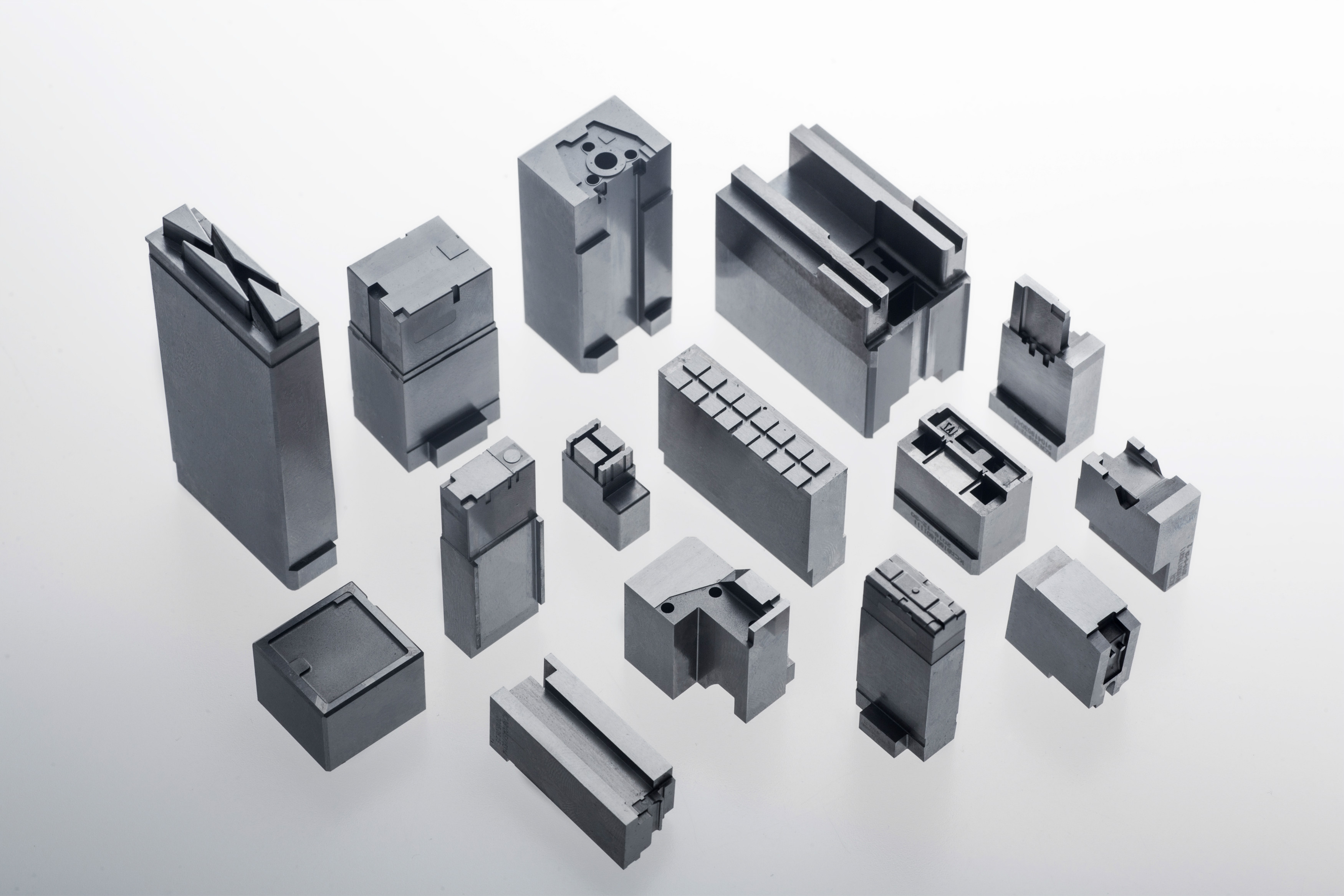In addition to high strength and toughness, the surface performance of high-precision mold parts is critical to the working performance and service life of high-precision mold parts. The improvement of these properties, which is solely dependent on the improvement and improvement of the base material, is very limited and uneconomical, and through surface treatment technology, it is often possible to receive a multiplier effect, which is why the surface treatment technology has developed rapidly. Mold polishing technology is an important part of mold surface engineering and an important post-processing process in the mold manufacturing process. Due to certain problems in domestic polishing process technology and materials, injection molds such as point-and-shoot camera lens injection molds, CDs, VCD discs, and tools with high transparency requirements still rely heavily on imports.

The material of the mirror mold is not only a matter of chemical composition, but more importantly, a series of advanced processes such as vacuum degassing, argon protection ingot, vertical continuous casting and rolling, and soft forging are required during smelting, so that the mirror mold steel has fewer internal defects, A series of advantages, such as fine particle size, high degree of dispersion, fine metal grain size and good uniformity, can meet the requirements of mold steel polished to mirror surface. The surface treatment technology of mold parts is a system engineering that changes the surface shape, chemical composition, organization structure and stress state of the surface of high-precision mold parts through surface coating, surface modification or composite treatment technology to obtain the desired surface performance. The nitriding process includes gas nitriding, ion nitriding, liquid nitriding and other methods. In each nitriding method, there are several nitriding technologies that can adapt to the requirements of different steel types and different workpieces. From the surface treatment method, it can be divided into: chemical method, physical method, physical chemical method and mechanical method.
It is worth noting that the polishing of the mold surface is not only affected by the polishing equipment and process technology, but also by the mirror surface of the mold material. This has not attracted enough attention, that is, the polishing itself is restricted by the mold material. Although new processing technologies aimed at improving the surface performance of precision mold parts are emerging, the main applications in the manufacture of
high precision mold parts are nitriding, carburizing and hardened film deposition. Because the nitriding technology can form a surface with excellent performance, and the nitriding process is well coordinated with the quenching process of high-precision mold parts steel, at the same time, the nitriding temperature is low, and no intensive cooling is required after nitriding. It is extremely small, so the surface strengthening of high-precision mold parts was adopted by nitriding technology earlier, and it is also the most widely used.



 skype
skype